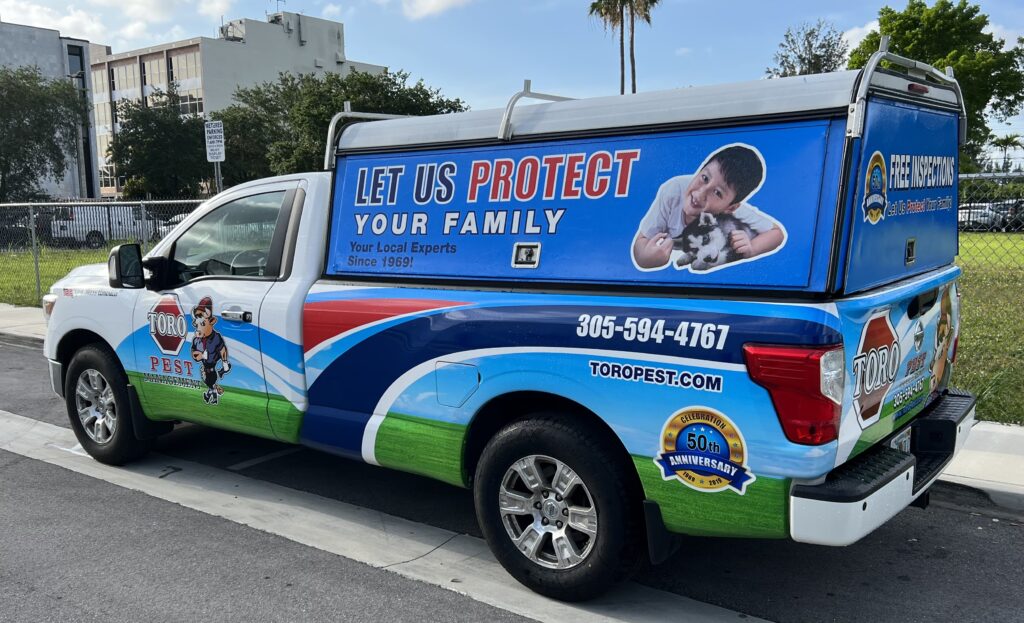Clover mites are plant feeders that occasionally invade homes. These mites do not attack people and although vast numbers of them can enter homes, they will not reproduce under indoor conditions and will perish shortly of their own accord. The mite has become more common as a household pest; this may be because of the increased use of lawn fertilizers.
Adult clover mites are one of the larger mites that infest plants. They are 0.75mm long, reddish or greenish in colour and have a greatly elongated first pair of legs. They are a parthenogenetic specie that will over winter in any dry protected location chiefly in the egg stage; however, it can be found in all stages.
The dark, reddish brown pest, which is smaller than a pinhead doesn’t not pose a threat to human health or cause major damage to homes, but it can be a severe nuisance when it invades structures.
Clover mites differ from other pests in that they prefer cooler weather. Their activities increase a temperature starts to drop during which time they pay homage to their names by feasting on clover, over fertilized grass an many other plants. Their activities peak in the cooler, early spring months when they can become the greatest nuisance to homeowners.
Once the hot months arrive, clove mites will lay eggs and become latent. In the U.S., for example, they may go into a dormant state around May an remain that way till September. Any eggs laid in the fall will overwinter and hatch the following spring.
The infestations are most severe when sudden changes in weather or habitat occurs. Population move indoors in autumn when the plants they feed on start to perish, causing them to invade in high number – even to hundreds of thousands. Additional infestations occurring in spring are typically driven by the sudden growth of lush vegetation around a home’s perimeter, which is especially palatable to clover mites.
When smashed, adult mites leave behind a red stain. As such, clover mites found in the house should be vacuumed, not crushed.
The overwintering eggs appear in the cracks and crevices of concrete sidewalks, under the bark if trees, and between the walls of buildings. The overwintering eggs hatch early in spring, and typically will complete only one generation before they hibernate for the summer. It is during spring that mites become the greatest nuisances to homeowners. As early as mid-January, warm weather spells can produce activities from overwintering mites. Mites located around buildings may climb the exterior walls and gain entrance around windows or doors.
Control can be achieved by applying a spray of one of the registered insecticides to the exterior of the house up to the bottom of the first windows, as well as to all shrubs and to the lawn up to 15feet from the structure. Misapplication could result in staining the exterior of the home, or the burning of plant foliage, hence it is advisable to seek the services of a registered pest controller.



